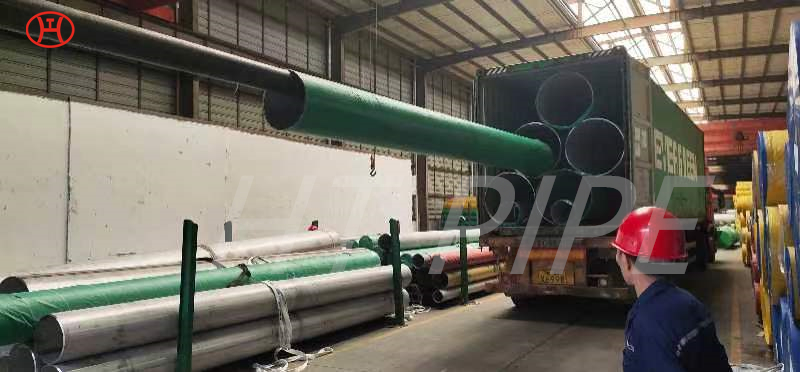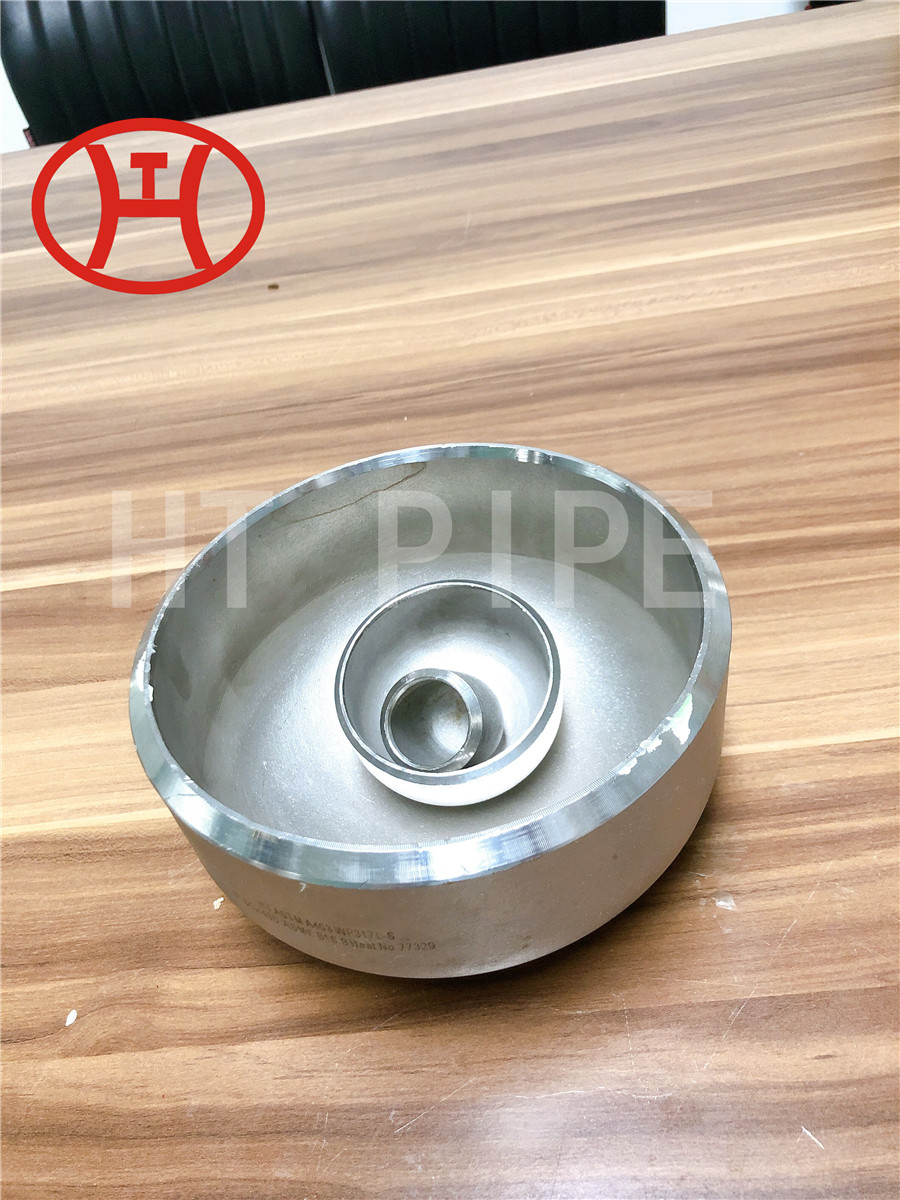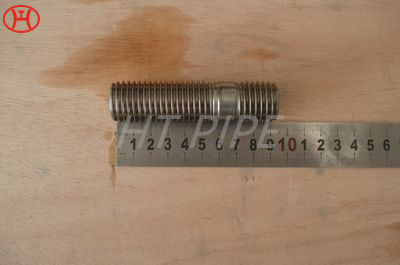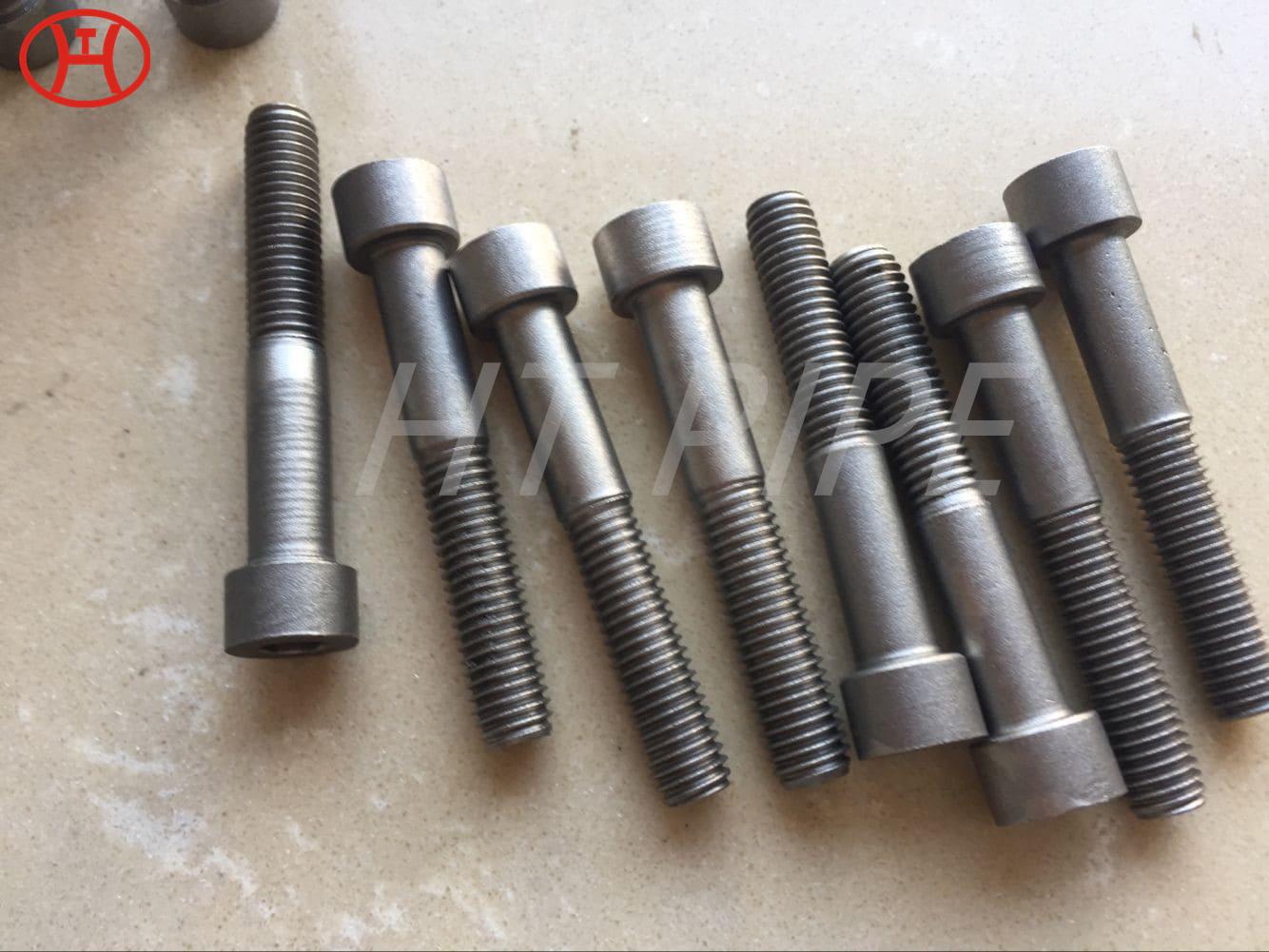Hastelloy C276 Round Head Bolts with universal corrosion resistance unmatched by any other alloy
INCONEL alloy C-276 is designated as UNS N10276 and Werkstoff Nr. 2.4819. It is listed in NACE MR0175 for oil and gas service.
Hastelloy C276 is a superalloy composed of nickel, molybdenum, and chromium with excellent corrosion resistance in a wide range of harsh environments. Hastelloy C276 is a nickel-molybdenum-chromium alloy with an addition of tungsten designed to have excellent corrosion resistance in a wide range of severe environments. The high nickel and molybdenum contents make the nickel steel alloy resistant to pitting and crevice corrosion in reducing environments while chromium conveys resistance to oxidizing media. Hastelloy C276 is a nickel-molybdenum-chromium superalloy supplemented with tungsten, produced to have top-notch corrosion resistance in a vast range of critical environments.

















































































































































